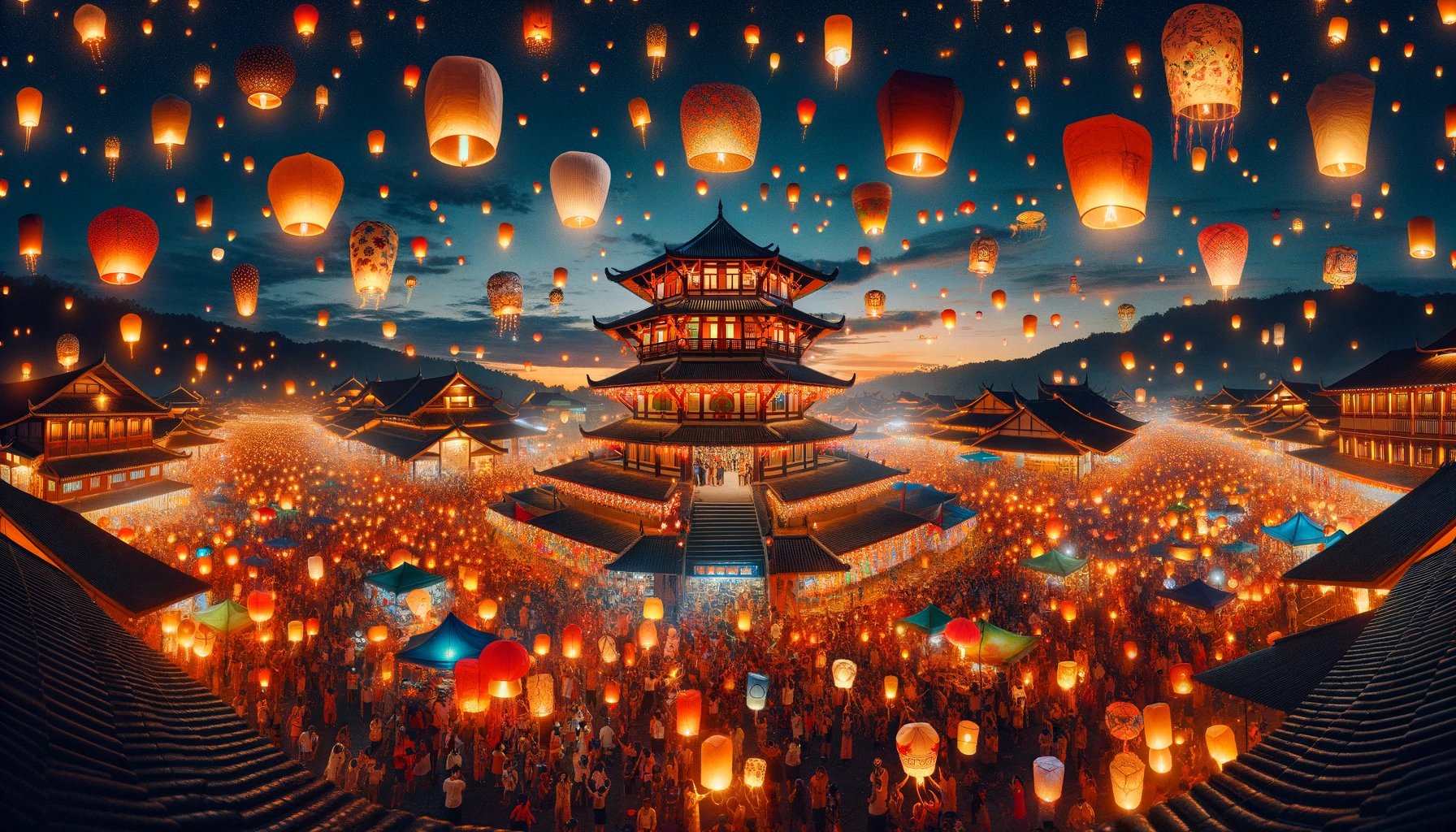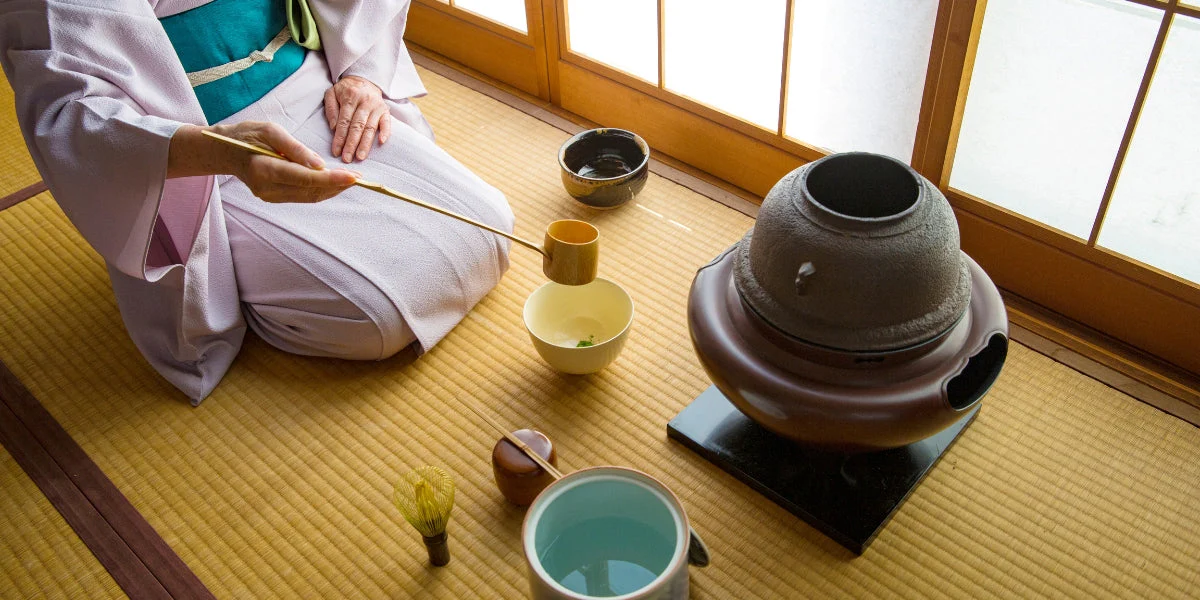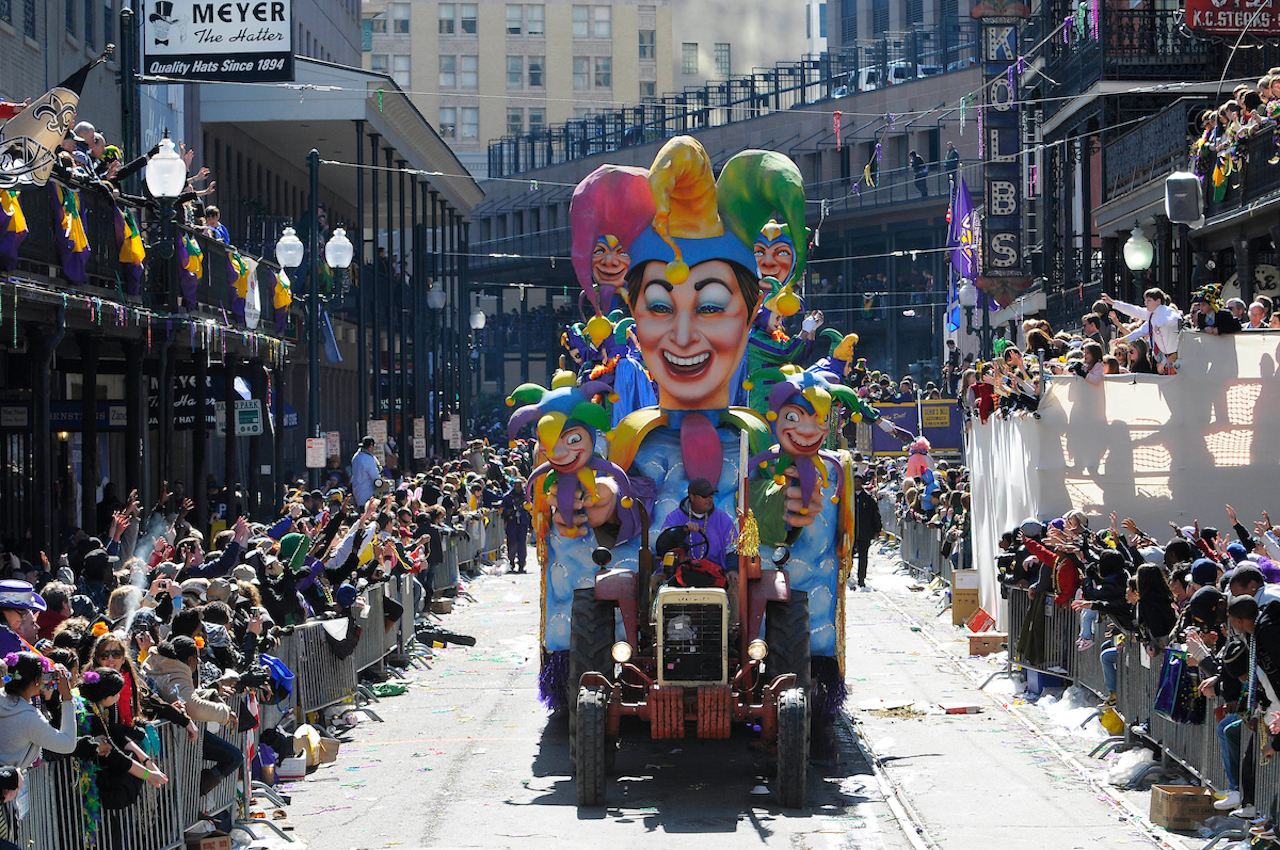pokomde.info – The Lantern Festival, known as Yuan Xiao Jie (元宵节) in Chinese, is one of the most cherished festivals in China, marking the end of the Lunar New Year celebrations. This vibrant festival is celebrated on the 15th day of the first month of the lunar calendar, typically falling in February or March. With a history dating back over 2,000 years, the Lantern Festival combines rich cultural traditions, stunning displays, and community spirit.
Historical Origins
The origins of the Lantern Festival can be traced back to the Han Dynasty (206 BCE – 220 CE). Initially, it was a time for families to come together and honor their ancestors. As Buddhism spread in China, the festival began to incorporate religious elements, such as lighting lanterns to symbolize the enlightenment of Buddha. Over the centuries, the festival evolved, incorporating folk customs and entertainment, ultimately becoming a celebration of family reunion and joy.
Lantern Displays: A Dazzling Spectacle
One of the most enchanting aspects of the Lantern Festival is the stunning display of lanterns. These lanterns come in various shapes, sizes, and colors, often depicting animals, flowers, and mythical creatures. In many cities, large public displays feature intricately designed lanterns illuminated at night, creating a magical atmosphere.
Families often make their own lanterns, engaging in crafts that foster creativity and togetherness. Some lanterns contain riddles written on them, known as “lantern riddles” (猜灯谜), which add an interactive element to the festivities. Participants attempt to solve the riddles for fun and prizes, enhancing the sense of community and celebration.
Traditional Foods: Sweet and Symbolic
Food plays a central role in the Lantern Festival, with glutinous rice balls called tangyuan (汤圆) being the highlight. These sweet dumplings, often filled with ingredients like sesame paste or red bean paste, symbolize family unity and completeness. Eating tangyuan is a way for families to come together and celebrate the harmony of their relationships.
In addition to tangyuan, other festive foods may include sweet rice cakes, dumplings, and seasonal fruits. Each dish carries its own symbolism, often relating to prosperity, happiness, and good fortune.
Cultural Activities and Festivities
The Lantern Festival is not just about lanterns and food; it also features a range of cultural activities. Dragon dances, lion dances, and traditional music performances enliven public squares and streets. These activities not only entertain but also symbolize strength, happiness, and good luck.
In many regions, folk art performances, such as stilt walking and acrobatics, take place, showcasing local talents and traditions. Fireworks are also a significant part of the celebrations, lighting up the night sky and warding off evil spirits.
Modern Celebrations and Global Influence
In recent years, the Lantern Festival has gained international recognition, with celebrations held in various countries around the world. Cities with significant Chinese communities, such as San Francisco, New York, and London, host their own festivals, featuring lantern displays, cultural performances, and culinary delights. This globalization of the festival helps to preserve cultural heritage while allowing people of different backgrounds to appreciate and participate in the festivities.
Conclusion
The Lantern Festival is a beautiful amalgamation of history, culture, and community spirit. As families come together to celebrate with lanterns, food, and festivities, they honor traditions that have been passed down through generations. Whether in China or around the world, the Lantern Festival continues to light up hearts and homes, symbolizing hope, unity, and the joy of togetherness.








